

We often hear about destructive fires in the media. We know that fire is dangerous and can cause severe damage and destruction and, at times, death. Since our earliest days, humans have sought to ...
READ MORE

An inquiry approach is a method often used in science education. The question bank provides an initial list of questions about fire and places where their answers can be found. The article ...
READ MORE

A new way of studying and researching the effects of fire is to use models of fire on a computer. Sometimes, an actual fire is replicated on the computer, and scientists can study it to find out ...
READ MORE
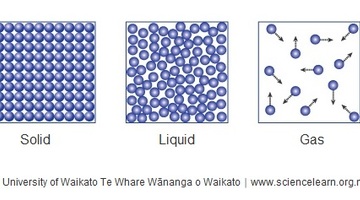
In this activity, students use drama to model science ideas about atoms and molecules, transferring heat and the process of combustion. By the end of this activity, students should be able to ...
READ MORE

In this activity, students investigate different ways of extinguishing fire and how this is related to their knowledge of the fire triangle and fire chemistry. By the end of this activity ...
READ MORE

In this activity, students observe an empty tea bag that is set alight. The burning causes a column of hot air and gas from combustion to rise above it due to convection. When the bag is light ...
READ MORE

Be part of a worldwide movement and use Global Earth Challenge to submit or classify photos to help our planet’s environment and human health. Global Earth Challenge is a citizen science campaign ...
READ MORE

This citizen science project wants your assistance to extract information from various climate scientific graphics to help combat misinformation and support scientific communication. Using this ...
READ MORE

Fire is generally portrayed as frightening and destructive by the media. Humans have increasingly been able to manage fire by improved detection ability and improved fire control methods. In the ...
READ MORE
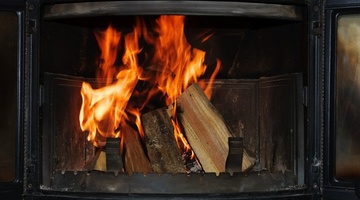
Below are links to Science Learning Hub resources for primary teachers related to heat in the Physical World strand of the New Zealand Curriculum. Primary teachers often consider heat for a topic ...
READ MORE

What better way to motivate year 7 and 8 boys to learn than by studying fire? Dian Edmondson and her colleagues at Nelson College Preparatory School used the Science Learning Hub's fire resources ...
READ MORE
In this video clip, Dr Mike Spearpoint from the University of Canterbury talks about using computational modelling to predict fire behaviour – what might happen if a truck caught fire in a ...
READ MORE
In this video clip, Grant Pearce from Scion’s Rural Fire Research Group at the University of Canterbury talks about causes of fires and the work being done to try to prevent rural fires from ...
READ MORE
In this video clip, Grant Pearce from Scion’s Rural Fire Research Group at the University of Canterbury talks about whether people understand what is expected of them as the level of fire danger ...
READ MORE
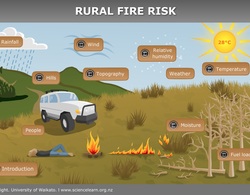
An interactive on rural fire risk – environmental components. Click on the labels for more information. Select here to view the full transcript and copyright information.
READ MORE
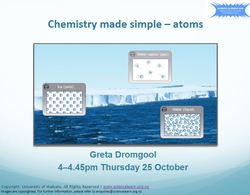
This slideshow supports the Chemistry made simple – atoms PLD webinar. Use the Slideshow menu for further options, including view full screen, and go here for the download option.
READ MORE
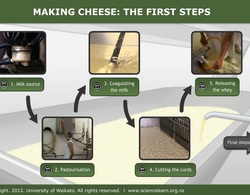
This interactive explains the first steps in the process of making traditional Gouda cheese.Click on the labels to watch the videos and for more information. Find out more about the final steps ...
READ MORE